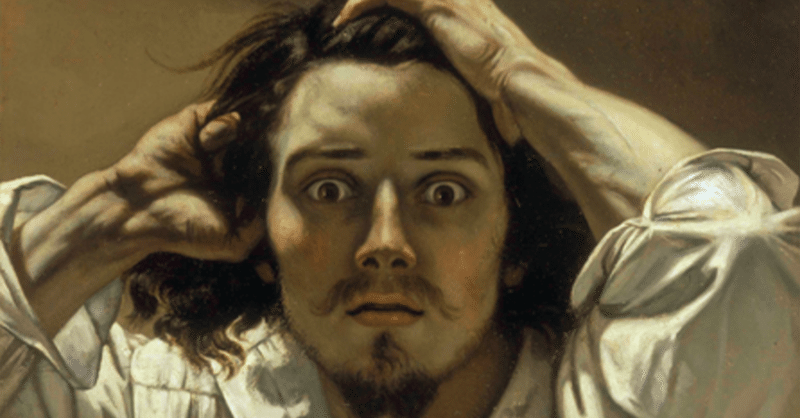
#6 Don't miss a single moment of facial expression
In the previous articles in this series, I have explained how the quality and quantity of information obtained and the stories that can be told based on that information can be significantly improved by devising how to spend time and the order in which the observations are made. Countless visual information is helpful in medical care, such as the patient's body shape, walking style, skin color, and breathing pattern. This article will focus on facial expressions, which can hold a vast amount of information.
The patient's facial expression hides many clues.
The medical examination begins with observing the patient as they enter the door. When you are a student, you are always told to "turn your body toward the patient during treatment. However, as we advance through clinical practice and initial training, we tend to focus on the monitor rather than the patient and become busy recording the patient's medical record. I was often scolded when I was an initial resident.
Of course, observing and interacting with patients can only be done "face to face. On the other hand, the medical record can be filled in later. Ideally, it would be best to devote all of our attention to gathering unique information about the patient through observation, examination, and dialogue during the face-to-face encounter.
Although we have not learned to combine facial muscle movements with emotions, we can generally recognize a person's feelings by looking at their facial expressions. And it is not only emotions that are revealed by facial expressions. They can also give us clues about the level of interest in and understanding of the topics we discuss, the truth or falsity of what we are saying, our group of confidence, and even the trust between us.
What do the people in the famous paintings look like?

Let's take a look at this famous painting. The paintings are realistic, from the wrinkles in the clothes to the tension in the muscles and facial expressions. The forehead is not wrinkled, but the eyes are wide open, and the upper and lower lids are stretched wide. The mouth is not tense but slightly relaxed and open. The above features faintly convey the emotion of "surprise. In addition, the hand gesture of grasping the surrounding hair suggests that something terrible may have happened. This is the interpretation that something terrible may have happened.
Do not miss a transient expression and sublimate it into a medical treatment.
Human expressions are mysterious. They change in various ways, one after another, by their emotions. Don't miss these changes. If it is difficult to watch the patient's facial expressions throughout the examination, how about checking them at specific points, such as when a particular topic is discussed? You may be able to pick up on the patient's genuine emotions and reactions. Try talking to the patient a little if you notice anything unusual, such as a sudden darkening of the patient's expression. The patient may speak up and say, "Actually, .......
Of course, it is not necessary to aim to read all of the patient's emotions from facial expressions alone. However, suppose we combine facial expressions with the content of speech, tone of voice, eye movements, and body gestures. In that case, we can obtain more organic and valuable information by being close to the patient.
While we are looking away from our keyboards and displays, we may miss the critical facial expressions information. It may be a look of "happiness" to find you trustworthy. Or, on the other hand, it may be a look of sadness, as if the patient is unable to express what is on their mind. Be sure not to miss the patient's expression, which changes instantly, and make the best use of it in your medical practice.
IF ONLY FOR A SECOND
In the video "IF ONLY FOR A SECOND," you can see the expressions of surprise and the momentary changes in facial expressions. Please refer to it.
from
まだまだコンテンツも未熟ですが応援して頂けるとすっごい励みになります!
